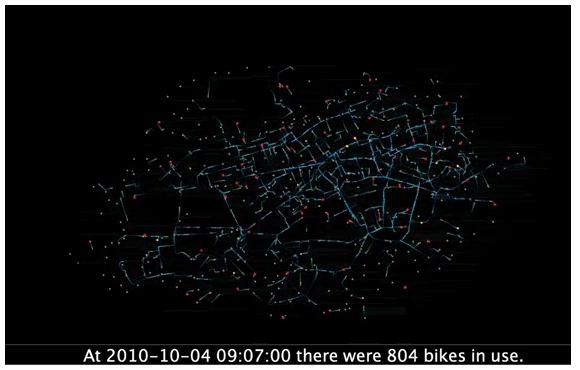 This a beautiful representation of the infamous Collatz Conjecture:
This a beautiful representation of the infamous Collatz Conjecture:
http://www.jasondavies.com/collatz-graph/
The Collatz conjecture is one of the great unsolved mathematical puzzles of our time, and this is a wonderful, dynamic representation of its essential nature.
One compelling aspect of the Collatz conjecture is that it’s so easy to understand and play around with. Start by choosing any positive integer, and then apply the following steps.
Step 1) If the number is even, cut it in half; if the number is odd, multiply it by 3 and add 1
Step 2) Take your new number and repeat Step 1.
For example, starting with 10 yields the sequence
The Collatz conjecture simply hypothesizes that no matter what number you start with, you’ll always end up in the loop.
Have fun!

